Crataeva magna (Lour.) DC. |
| |
|
|
Botanical Name |
: |
Crataeva magna (Lour.) DC. |
English
Name |
: |
Three-Leaved Caper |
Synonym(s) |
: |
Crataeva nurvalaBuch.-Ham., Crataeva religiosaBlume |
Family |
: |
Capparaceae |
| |
General Info
| Description |
 |
|
A small or medium sized deciduous tree with nearly smooth pale grey bark. Leaves of 3 leaflets 2 to 6 inches long on a common stalk 1½ to 4 inches long. Flowers 2 to 3 inches across, white, pale yellow or reddish yellow, in loose clusters each on a stalk 1 to 2 inches long. Sepals 4, deciduous. Petals 4, 1 to 1½ inches long. Stamens numerous, longer than the petals. Ovary on a long stalk about 1½ inches long. Fruit a berry 1 to 2 inches long, globose or oblong, rind woody, seeds embedded in yellow pulp. |
| Herb Effects |
 |
|
Cholinergic (including on bladder muscles) (plant powder); laxative. anthelmintic. diuretic and carminative (bark); antiinflammatory, stomachic, tonic. |
Chemistry
| Active Ingredients |
 |
|
Lupeol, quercetin, betulinic acid, rutin, lupene-3-1, beta-sitosterol, lupenon, verunol, friedelin, ceryl alcohol and diosgenin (bark). |
| Chemistry
of Active Ingredients |
 |
|
|
 |
Name |
CAS# |
IUPAC Name |
Formula |
Structure |
 |
|
| Lupeol |
Not Available |
Not Available |
C30H50O |

|
| Quercetin |
Not Available |
2-(3,4-dihydroxyphen
yl)-3,4,5-trihydroxy
-chromen-7-one |
C15H10O7 |
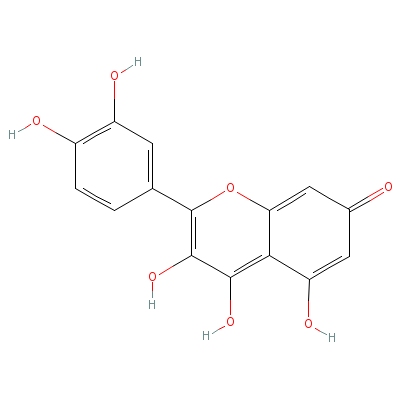
|
| Betulinic Acid |
4481-62-3 |
Not Available |
C30H46O3 |
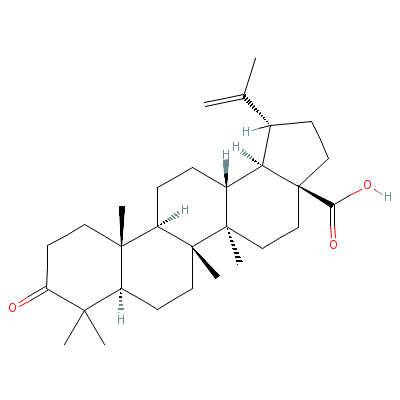
|
| Rutin |
Not Available |
2-(3,4-dihydroxyphen
yl)-4,5-dihydroxy-3-
[3,4,5-trihydroxy-6-
[(3,4,5-tr
ihydroxy
-6-methyl-tetrahydro
pyran-2-yl)oxymethyl
]tetrahydropyran-2-y
l]
oxy-chromen-7-on
e trihydrate |
C27H36O19 |
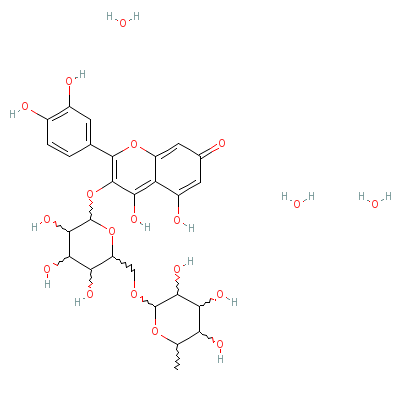
|
| Beta-sitosterol |
5779-62-4 |
17-(5-ethyl-6-methyl
-heptan-2-yl)-10,13-
dimethyl-2,3,4,7,8,9
,11,12,14,
15,16,17
-dodecahydro-1H-cycl
openta[a]phenanthren
-3-ol |
C29H50O |
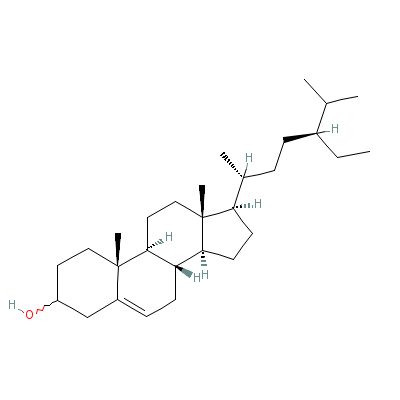
|
| Friedelin |
559-74-0 |
4,4a,6a,6b,8a,11,11,
14a-octamethyl-2,4,5
,6,6a,7,8,9,10,12,12
a,13,14,14
b-tetrad
ecahydro-1H-picen-3-
one |
C30H50O |
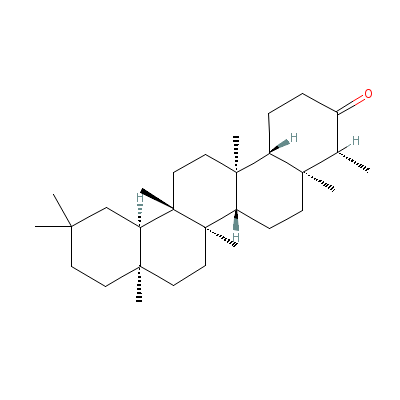
|
| Ceryl alcohol |
506-52-5 |
Hexacosan-1-ol |
C26H54O |
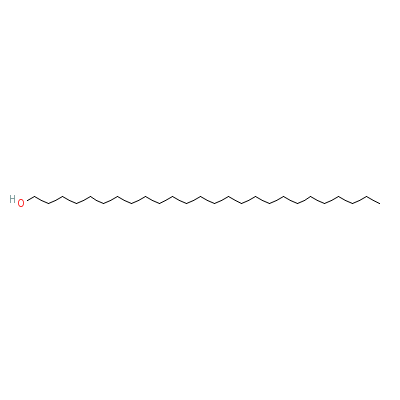
|
| Diosgenin |
512-04-9 |
Not Available |
C27H42O3 |

|
|
Pharmacology
| Medicinal Use |
 |
|
In blood diseases, internal abscesses, increasing the secretion of gastric juices, as a tonic, demulcent, antidote, in constipation, disorders and problems related to the urinary tract (including painful urination, infections and stones) (bark), promote appetite, fresh leaves are used externally rubefacient and internally febrifuge. |
| Reference |
 |
|
 Chandel et al., Biodiversity in Medicinal and Aromatic Plants in India. Chandel et al., Biodiversity in Medicinal and Aromatic Plants in India.
Uniyal et al., The Himalaya Drug Company; Medicinal Flora of Garhwal Himalayas. |
Dealers
Products
|
|